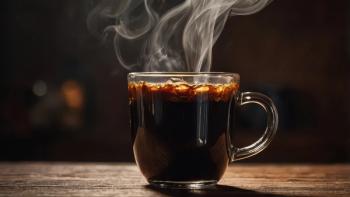
- The Column-01-20-2020
- Volume 16
- Issue 1
Internationally Developed Seafood Safety Protocol for Toxin Analogues
Food safety scientists have validated a new method to detect neurotoxins in seafood products using UHPLC–HILIC–MS/MS.
Food safety scientists have validated a new method to detect neurotoxins in seafood products using ultrahighâpressure hydrophilic interaction liquid chromatography with tandem mass spectrometry (UHPLC–HILIC–MS/MS) (1). The international study was a joint fourâyear effort between the Centre for the Environment, Fisheries, and Aquaculture Science (Cefas), in the UK, and the Cawthron Institute, in New Zealand.
The method to detect toxins in bivalve mollusc shellfish, such as clams, mussels and oysters, was developed to include the highest range of paralytic shellfish poisoning (PSP) toxin analogues, symptoms of which include numbness of the mouth, vomiting, and in some cases death, as well as to address the emerging threat of tetrodotoxin, the toxin associated with fatalities from eating pufferfish.
“This new method gives the user the ability to detect more toxin analogues than any other detection method and also includes detection of tetrodotoxin. As such, it will be well suited to ensuring food safety is maintained well into the future,” said Andy Turner, Project Study Director and Principal Chemist in the Food Safety Group at Cefas.
The project was an international effort, incorporating 21 participating laboratories from five continents, 94 study materials utilized to prepare 34 study samples sourced from six continents, and 15 different shellfish species grown in areas impacted by all known species of PSP toxin-producing phytoplankton. The end result is a new protocol that reduces the labour required for analysis compared to current methods and also provides a higher accuracy and a shorter processing time.
“We’ve already realized the benefits of this testing method in New Zealand by providing our seafood industry with faster, more accurate results. This was particularly evident during two recent harmful algal bloom events where we were able to respond quickly to our industry partners to provide them with assurance their products were safe for market,” said Tim Harwood, Cawthron Institute Marine Toxin Chemist and New Zealand Seafood Safety Research Platform Leader.
Discussions will now start regarding the potential use of the method for future regulatory testing.
Reference
- A.D. Turner et al., J. AOAC Int. DOI.10.5740/jaoacint.19-0240 (2019).
Articles in this issue
almost 6 years ago
Tips & Tricks GPC/SEC: Silica Versus Polymer‑Based Columnsalmost 6 years ago
SepSolve Analytical Relocates Headquartersalmost 6 years ago
Early Alzheimer’s Diagnosis Using HSGC–IMSalmost 6 years ago
Achieving Highly Sensitive Dioxin Analysis with Novel GC–MS Methodsalmost 6 years ago
Vol 16 No 1 The Column January 2020 Europe & Asia PDFalmost 6 years ago
Vol 16 No 1 The Column January 2020 North American PDFNewsletter
Join the global community of analytical scientists who trust LCGC for insights on the latest techniques, trends, and expert solutions in chromatography.




